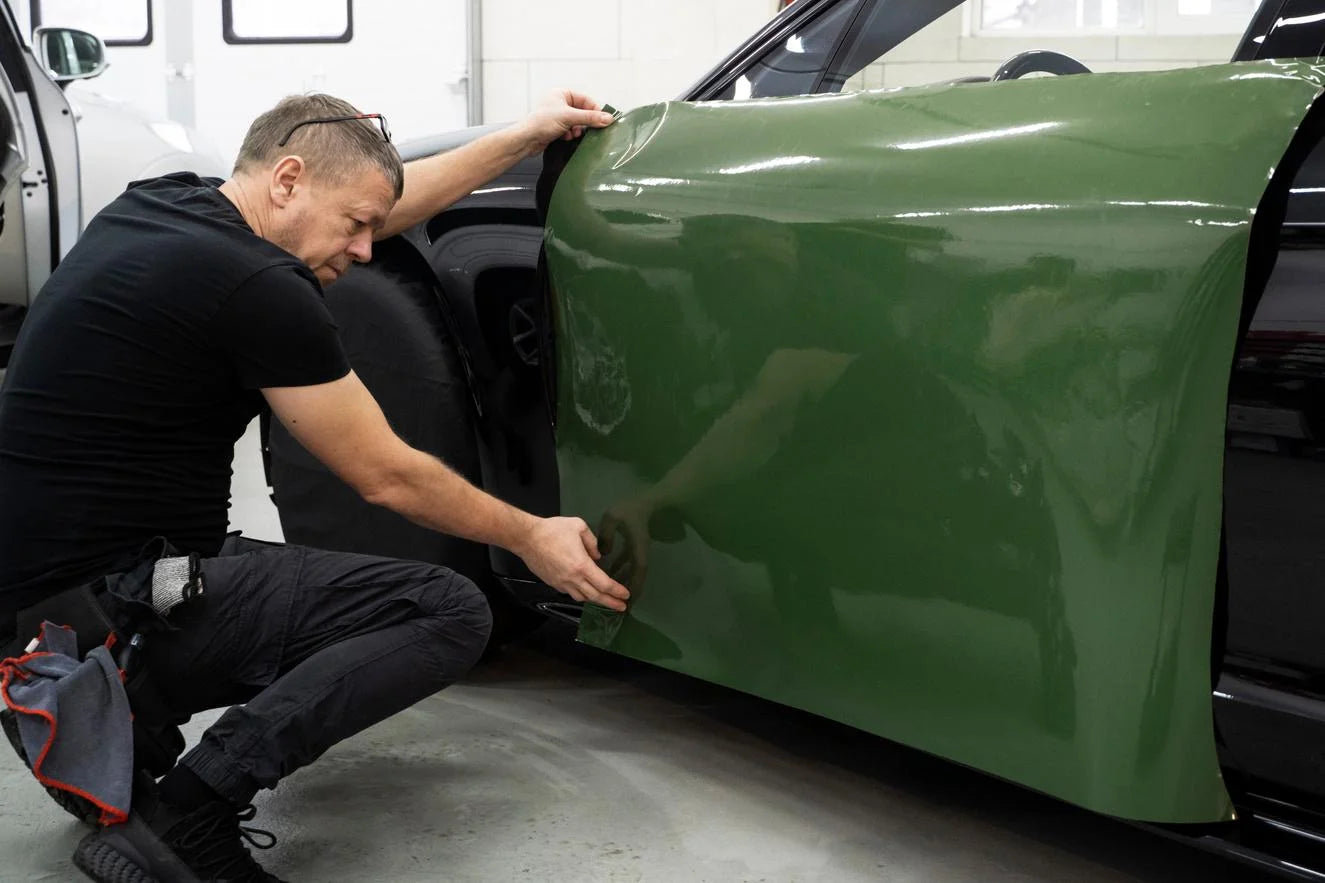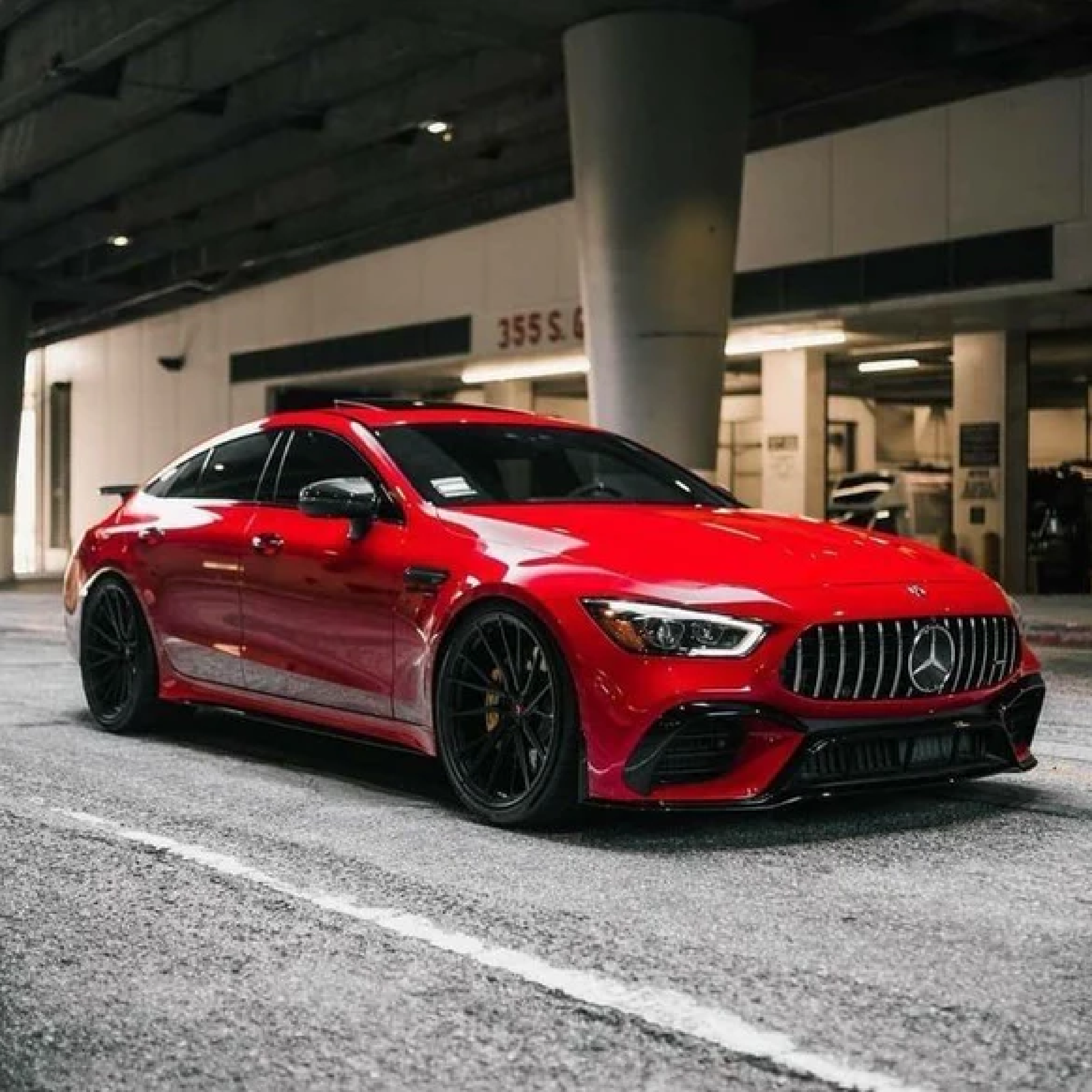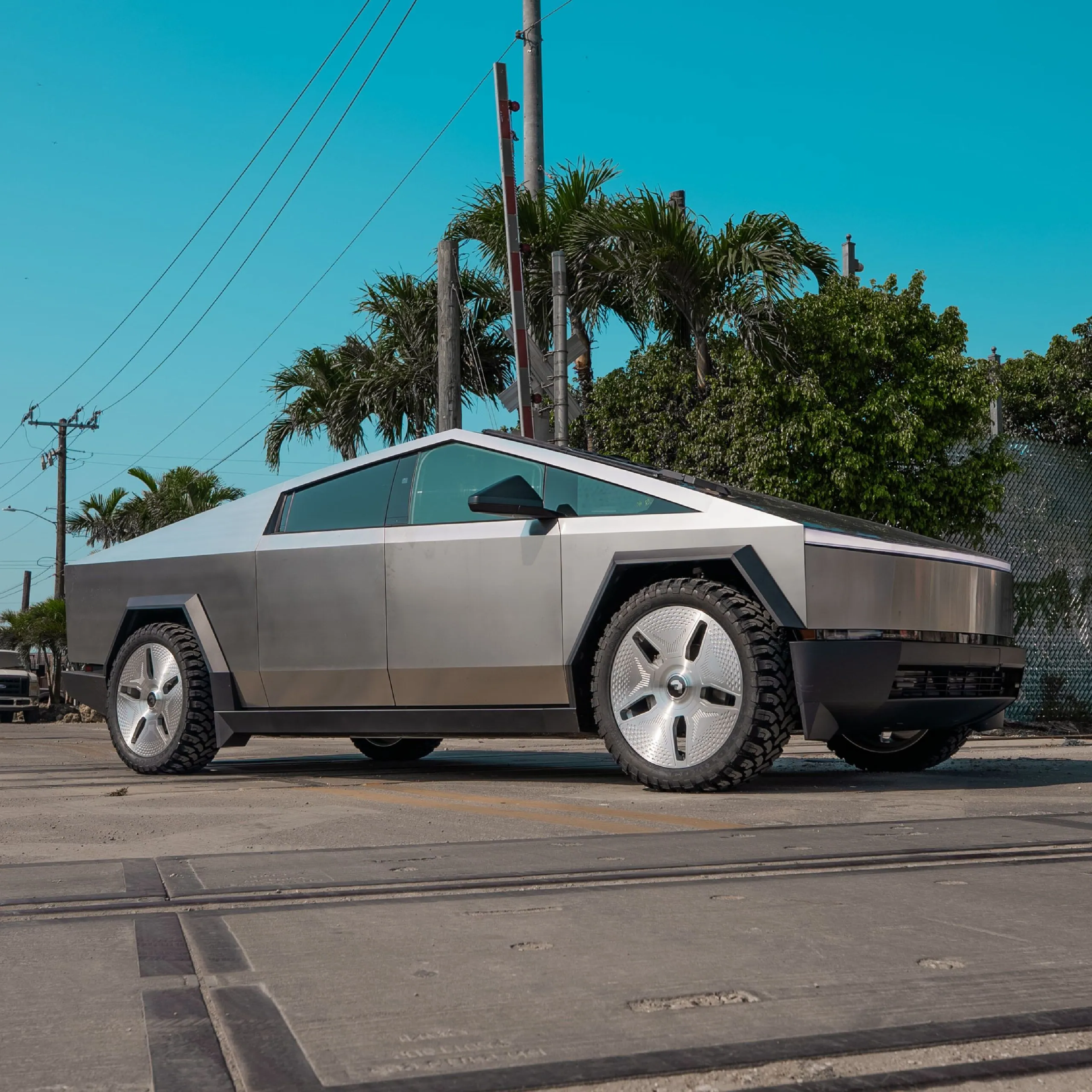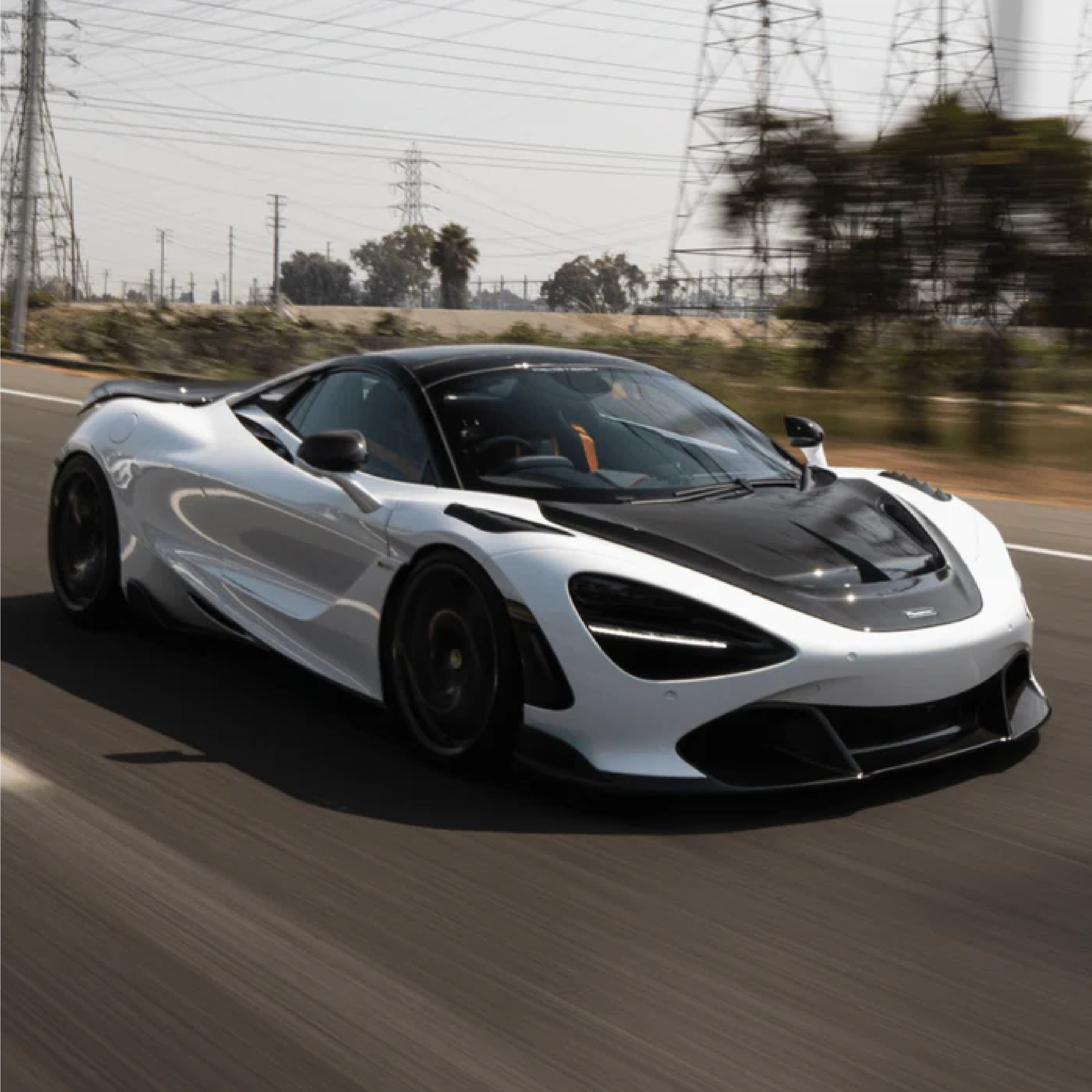Determining the Amount of Vinyl Required to Fully Wrap Your Car
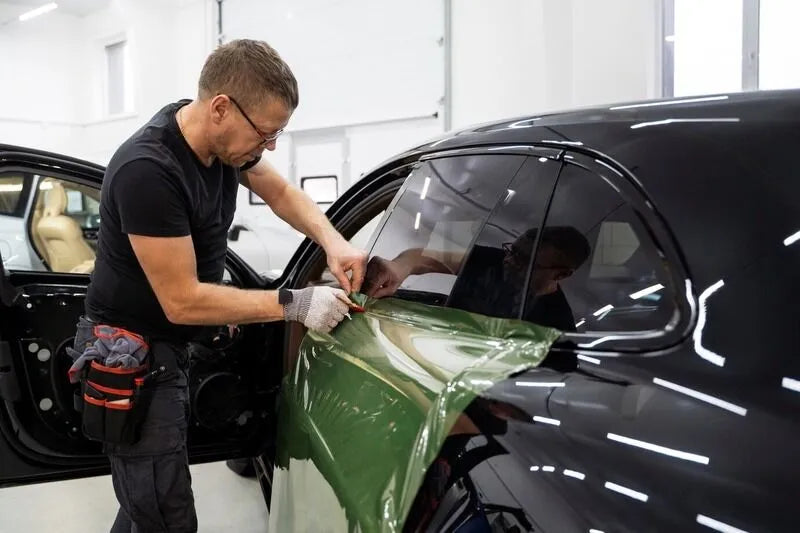
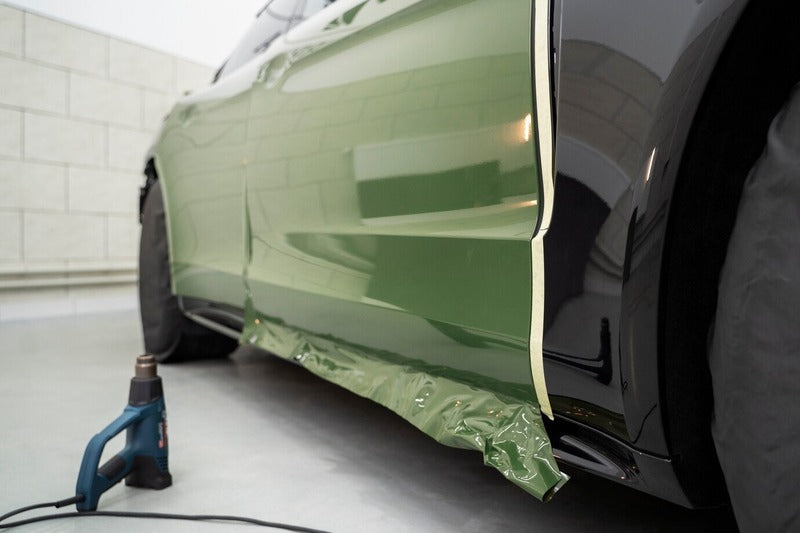
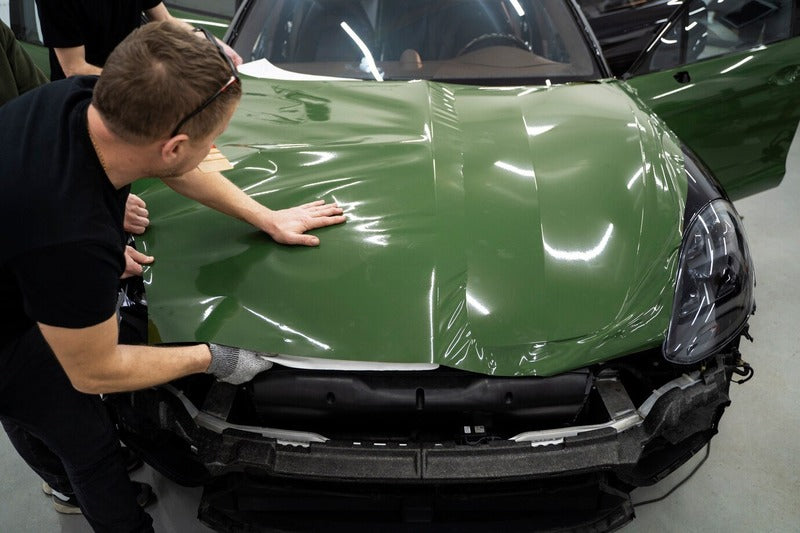
Vinyl wrapping is a technique where a thin, adhesive vinyl film is applied over a vehicle’s exterior. This film not only alters the car’s color and finish but also adds custom designs or provides a protective layer. Available in various styles—such as matte, gloss, satin, and specialty textures like carbon fiber or brushed metal—vinyl wraps offer versatility for personal expression.
Benefits of Vinyl Wrapping
Vinyl wraps allow car owners to express their individuality by customizing their vehicle’s appearance. Whether opting for a bold color change, unique patterns, or subtle designs, vinyl wraps make personalization effortless.
Beyond enhancing appearance, vinyl wraps serve as a shield for the car’s original paint. They protect against UV rays, minor scratches, and road debris, helping to preserve the vehicle's condition and resale value
Vinyl wrapping presents a cost-effective alternative to traditional paint jobs. Generally less expensive and quicker to apply, vinyl wraps deliver impressive results without the lengthy process associated with painting.
One of the standout features of vinyl wraps is their removability. If you wish to change the design or revert to the original look, the wrap can be removed without damaging the underlying paint.
When applied and maintained correctly, vinyl wraps can provide years of durable protection, ensuring your car maintains a fresh appearance over time.
How to Calculate the Right Amount of Vinyl for Your Vehicle
Before committing to a vinyl wrap, it’s essential to calculate the amount of vinyl required. The quantity needed varies based on factors such as the vehicle's size, shape, and complexity. Whether planning a full wrap or partial coverage, knowing your car’s measurements and accounting for additional material for tricky areas or errors is crucial for a smooth, flawless installation.
1. Car Size and Type
The size and type of vehicle significantly influence how much vinyl will be required for the wrap. Larger cars with more surface area will naturally need more material. Below is a general guideline for vinyl requirements based on vehicle types:
Compact Cars (e.g., Mini Cooper): Typically require about 50-55 feet of vinyl wrap.
Sedans (e.g., Honda Accord): Generally need around 60-70 feet of vinyl wrap.
SUVs (e.g., Ford Explorer): Often require 75-85 feet of vinyl wrap.
Trucks (e.g., Ford F-150): Usually need 85-100 feet of vinyl wrap.
2. Car Complexity
The design and features of your car can also impact the amount of vinyl necessary. Vehicles with more curves, complex body parts, or additional accessories will need more material to achieve a flawless wrap. Consider the following elements:
Curves and Contours: Cars with many curves or complex body lines may require additional vinyl to cover these areas without gaps or wrinkles.
Bumpers: Often intricate, bumpers may need extra material to ensure smooth application and prevent air bubbles.
Mirrors and Spoilers: Though small, these accessories add surface area and necessitate additional vinyl for a clean wrap.
Roof and Hood: Large, flat surfaces consume considerable vinyl, especially if unique design features or curves are involved.
3. Vinyl Roll Dimensions
The width and length of the vinyl rolls you purchase will also impact how much material is needed. Standard vinyl rolls are typically available in the following sizes:
Width: 60 inches (5 feet)
Length: Common roll lengths are 25, 50, or 75 feet, though this can vary by supplier.
Key Considerations
Overlap: To achieve smooth, seamless coverage and prevent peeling or bubbling, some overlap between vinyl sections is necessary. This will add extra material to your total estimate.
Allowances for Mistakes: Mistakes are common during installation, particularly for first-time wrappers. Having extra vinyl on hand can help mitigate errors, ensuring you have sufficient material to cover any mishaps and avoid interruptions.
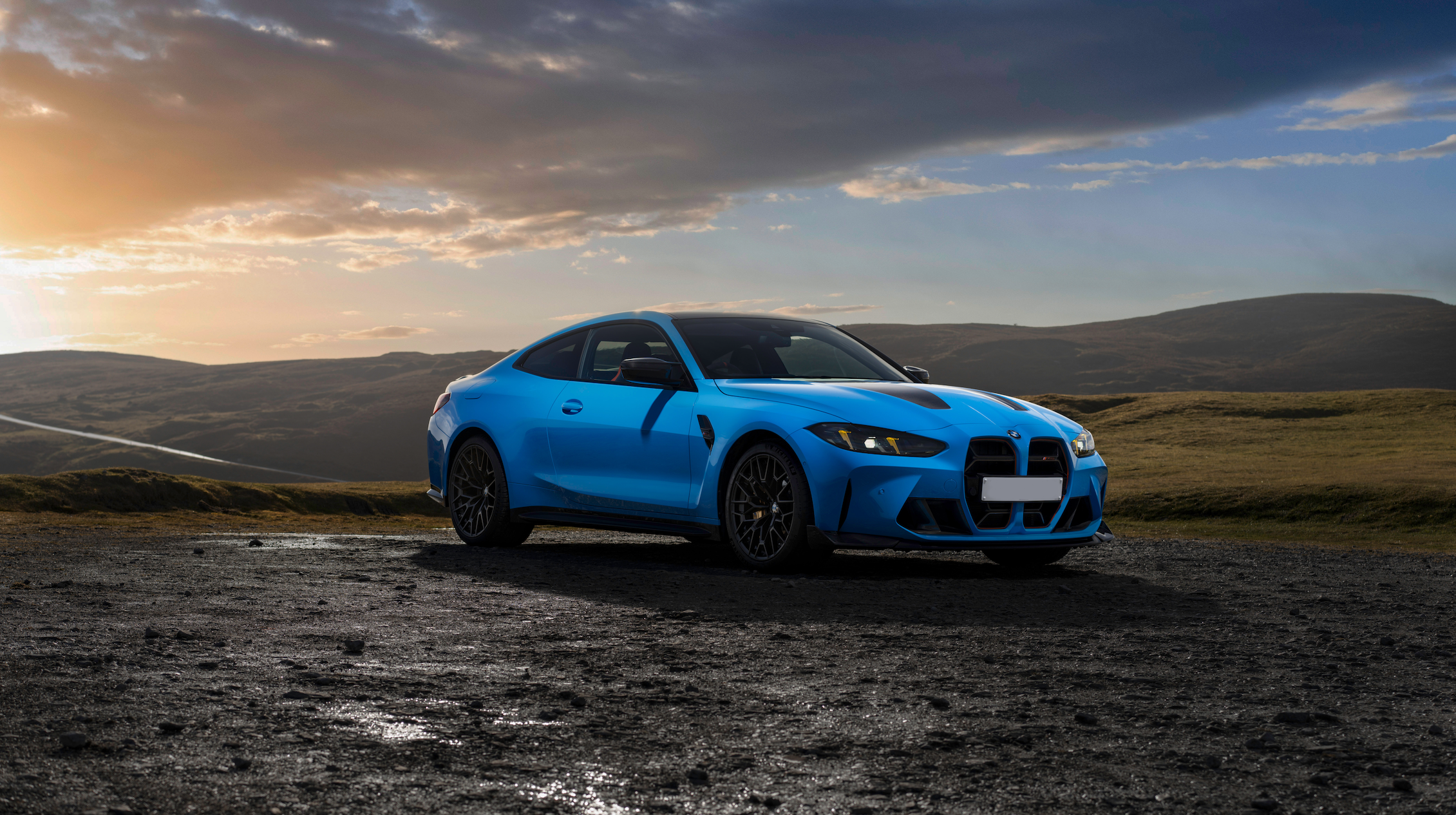
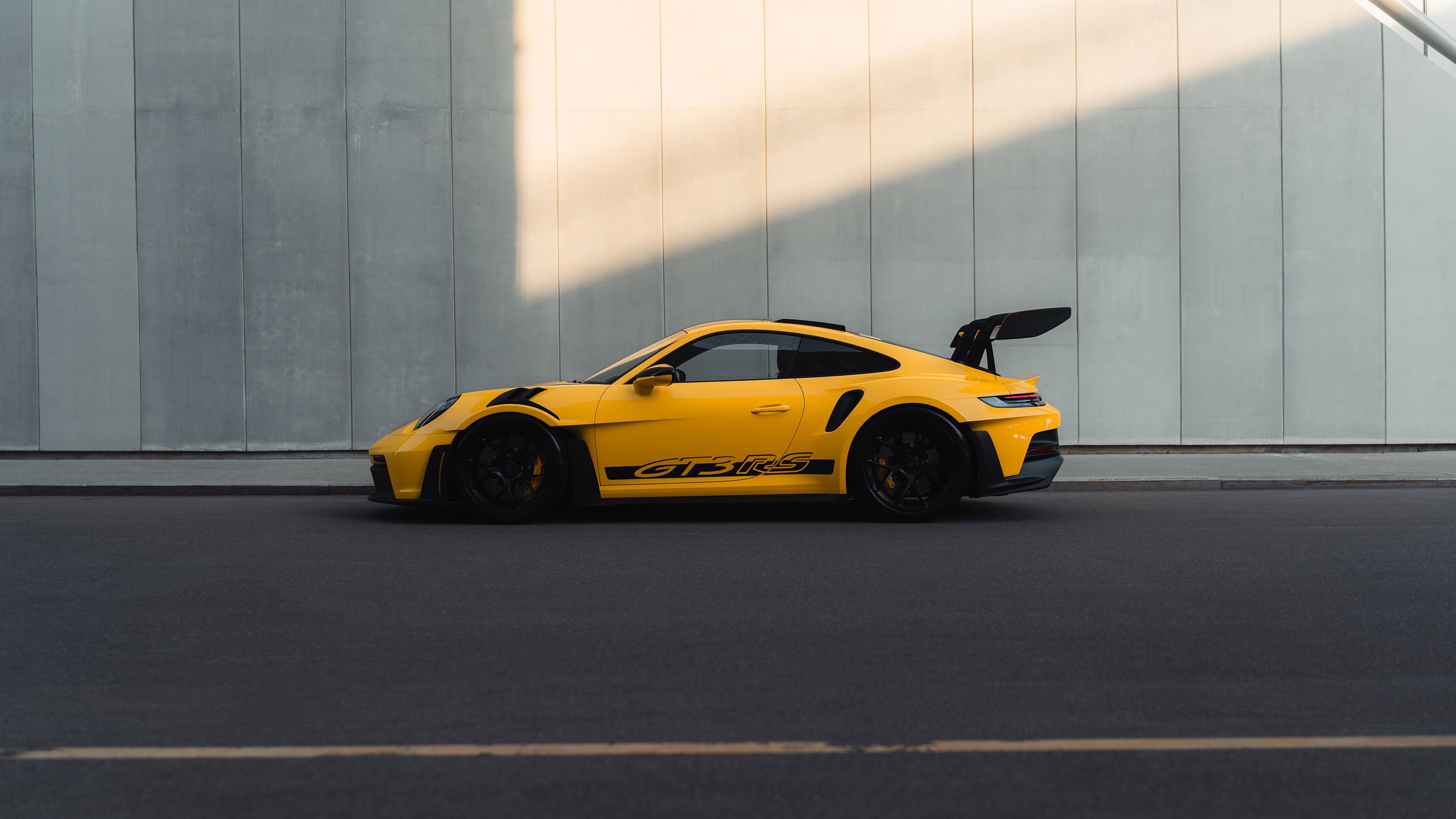
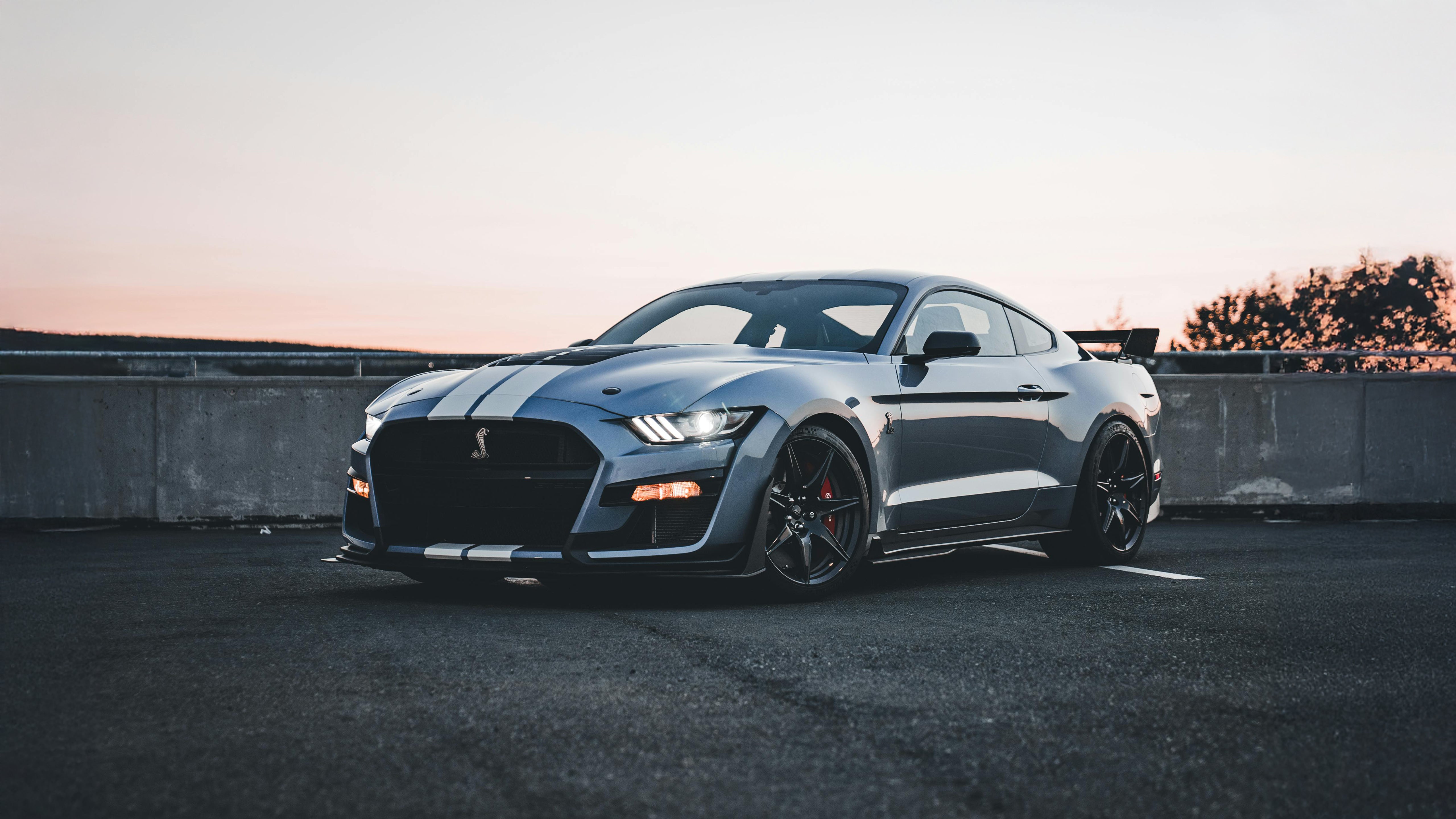
Calculating Vinyl Wrap Amount
1. Gather Your Materials
Before you begin, ensure you have the following tools:
Tape measure
Pen and notepad for recording measurements
Calculator
Vinyl wrap roll specifications (width and length)
2. Measure the Car
Measure the Length
Start by measuring the length of the car from the front bumper to the rear bumper along the side.
Record the measurement.
Measure the Width
Measure the width from the left side to the right side of the car, including any protrusions like side mirrors or wide bumpers.
Write down the measurement.
Measure the Height
Measure from the ground up to the highest point of the car, typically the roof.
Record this measurement as well.
3. Calculate the Surface Area
Estimate the Surface Area To get a rough idea of the surface area, use the following formula: [ \text{Surface Area} = (\text{Length} \times \text{Width}) + (\text{Length} \times \text{Height}) + (\text{Width} \times \text{Height}) ] This gives an approximate surface area, but keep in mind that curves and contours may require adjustments.
Add Extra for Errors and Overlaps
- Add 10-20% to your surface area to account for mistakes, overlaps, and trimming errors. For example, if your total calculated surface area is 250 square feet, plan for around 275-300 square feet.
4. Factor in the Vinyl Roll Dimensions
Understand Vinyl Roll Dimensions
- Standard vinyl rolls typically have a width of 60 inches (5 feet) and a length of 25 feet.
- To calculate the area covered by one roll: [ \text{Roll Area} = \text{Roll Width (ft)} \times \text{Roll Length (ft)} ] For instance, a roll that is 5 feet wide and 25 feet long would provide: [ \text{Roll Area} = 5 , \text{ft} \times 25 , \text{ft} = 125 , \text{square feet} ]
Calculate How Many Rolls Are Needed
- To determine how many rolls of vinyl you'll need, divide your total surface area (including the additional 10-20% for errors) by the roll area: [ \text{Number of Rolls} = \frac{\text{Total Area Needed}}{\text{Roll Area}} ]
- Round up to the nearest whole number since you can’t purchase partial rolls.
5. Example Calculation
Assuming the following car dimensions:
- Length: 14 feet
- Width: 7 feet
- Height: 5 feet
Calculated Surface Area: [ (14 \times 7) + (14 \times 5) + (7 \times 5) = 98 + 70 + 35 = 203 , \text{square feet} ]
Adding 20% Extra: [ 203 , \text{square feet} \times 1.20 = 243.6 , \text{square feet} ]
Vinyl Roll Dimensions:
- 5 feet wide by 25 feet long, covering 125 square feet per roll.
Rolls Needed: [ \frac{243.6}{125} = 1.95 , \text{rolls} ]
- Round up to 2 rolls.
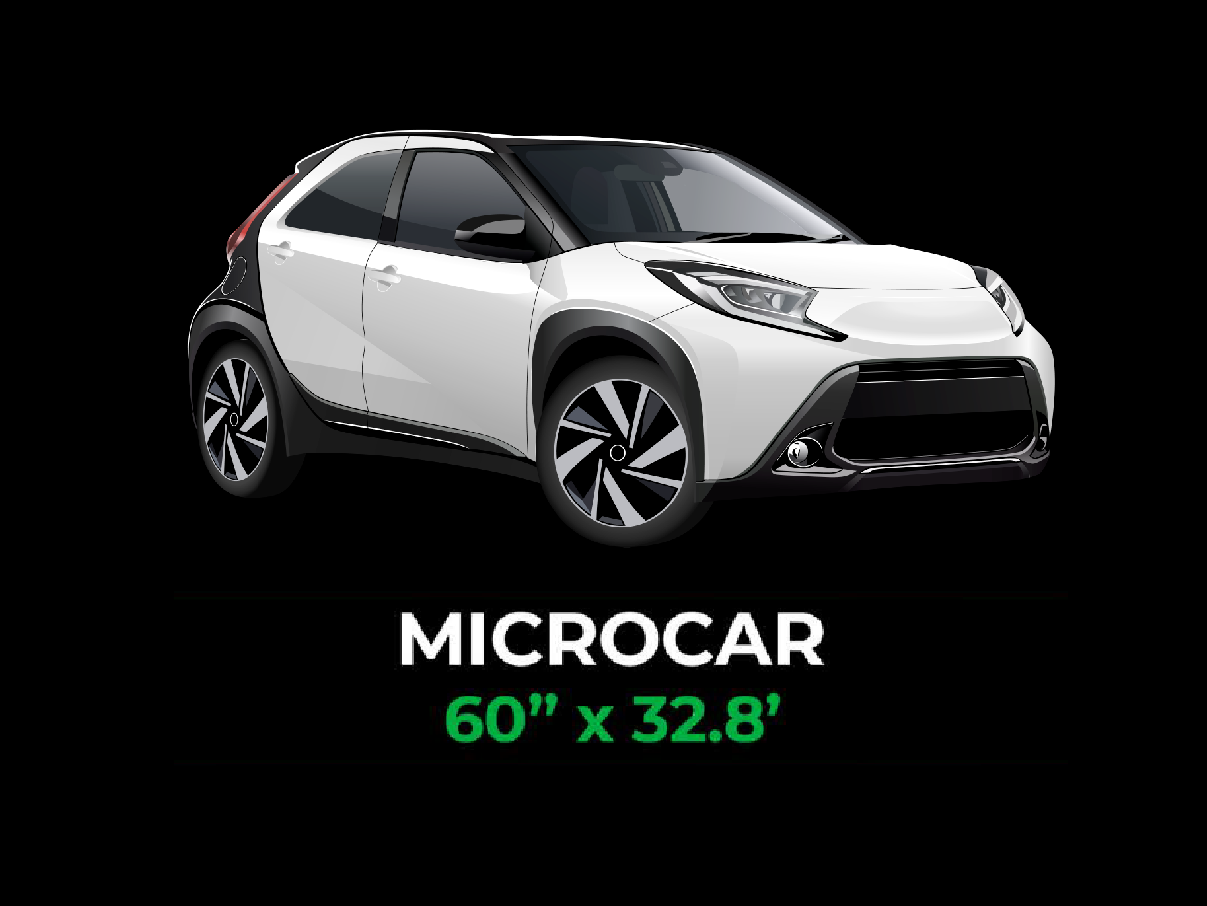
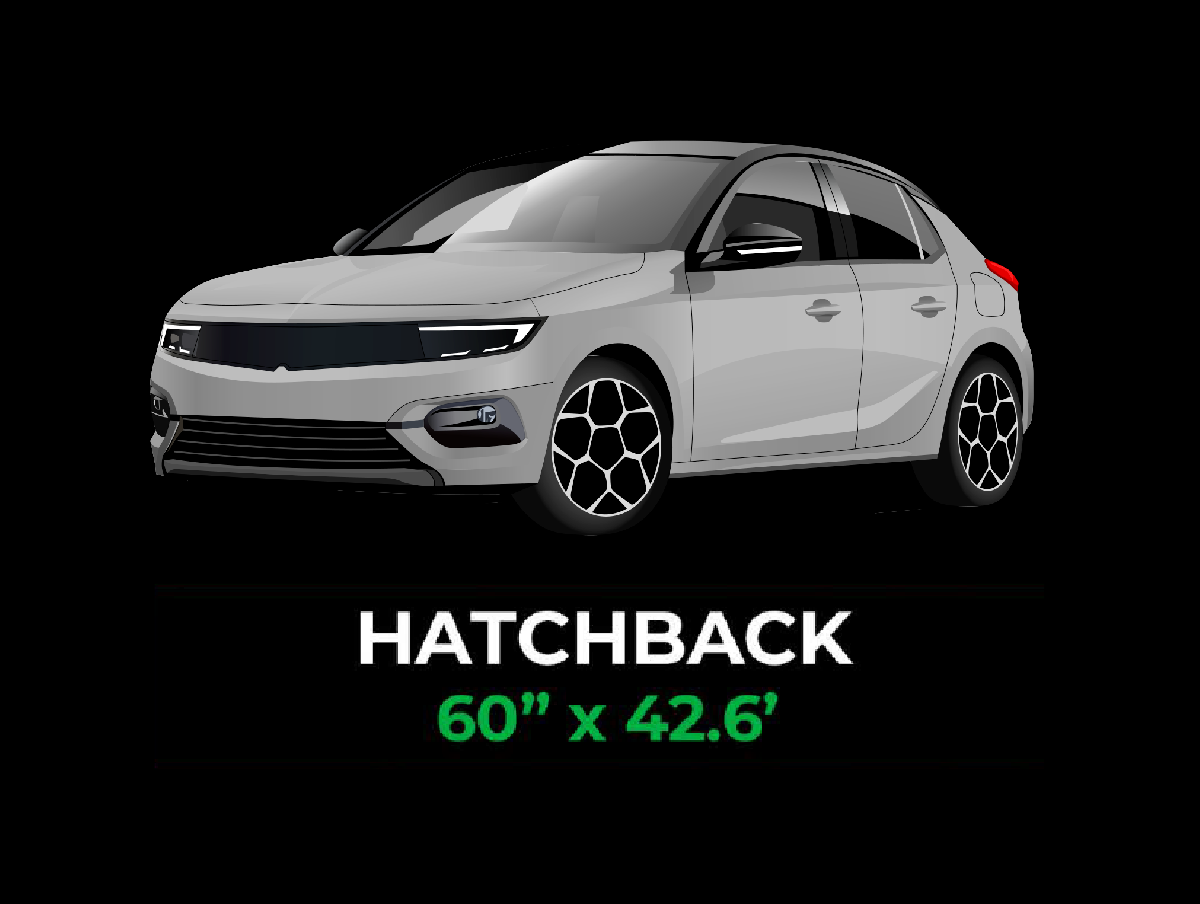
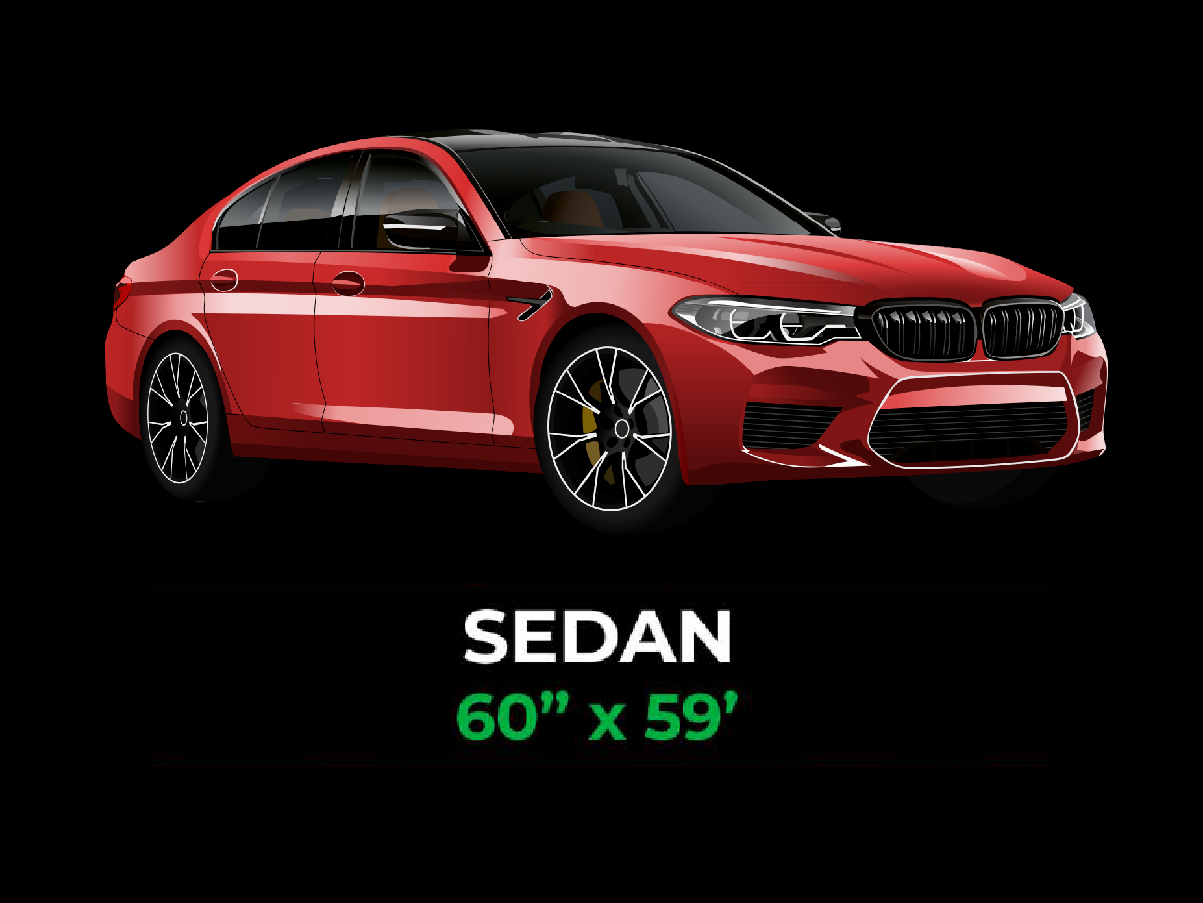
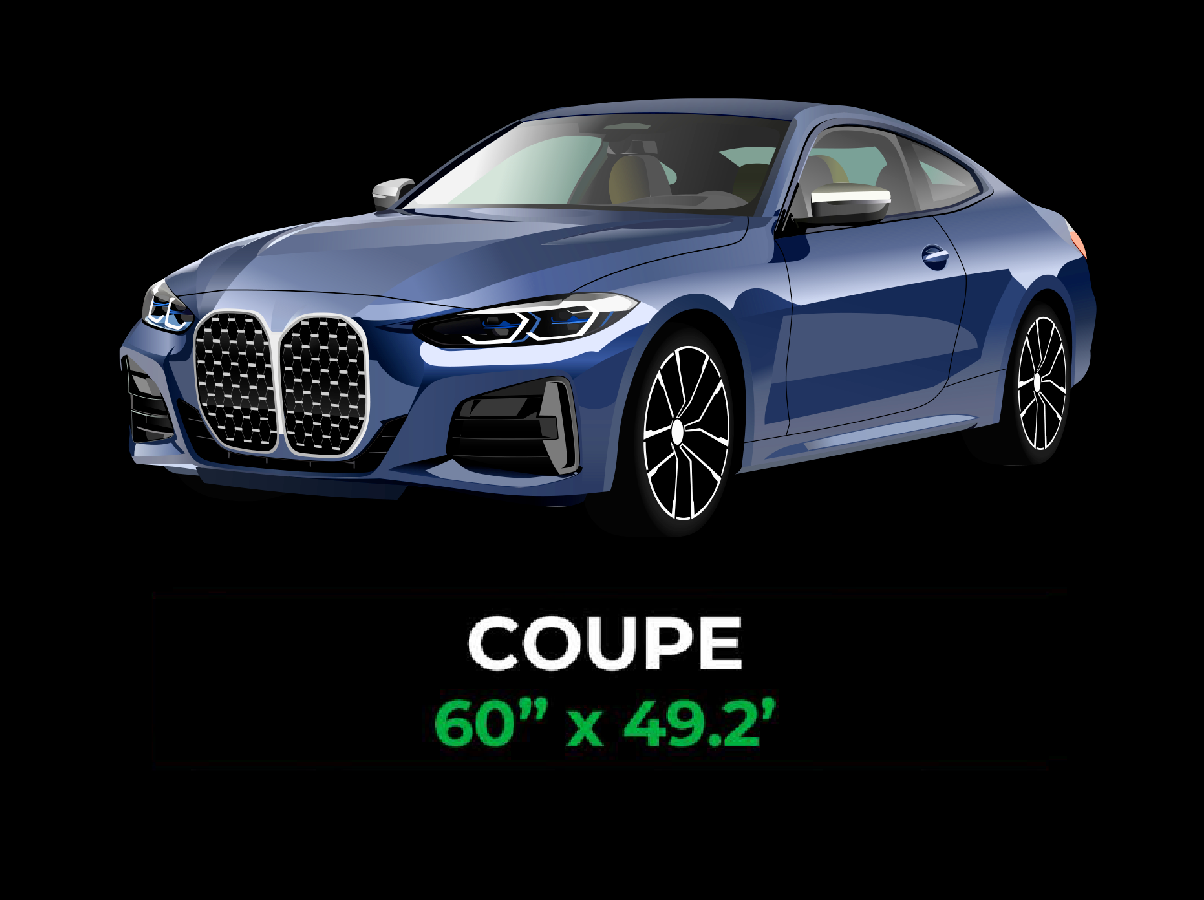
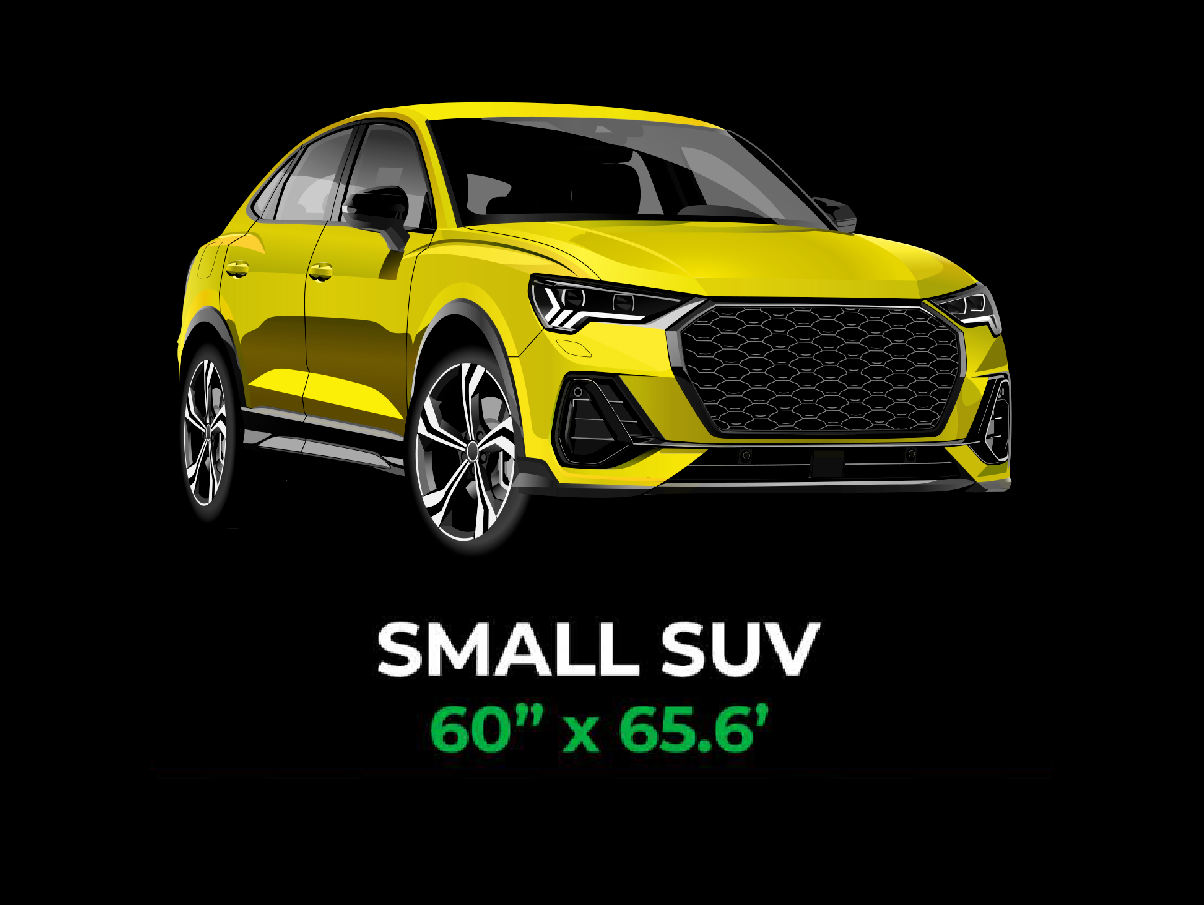
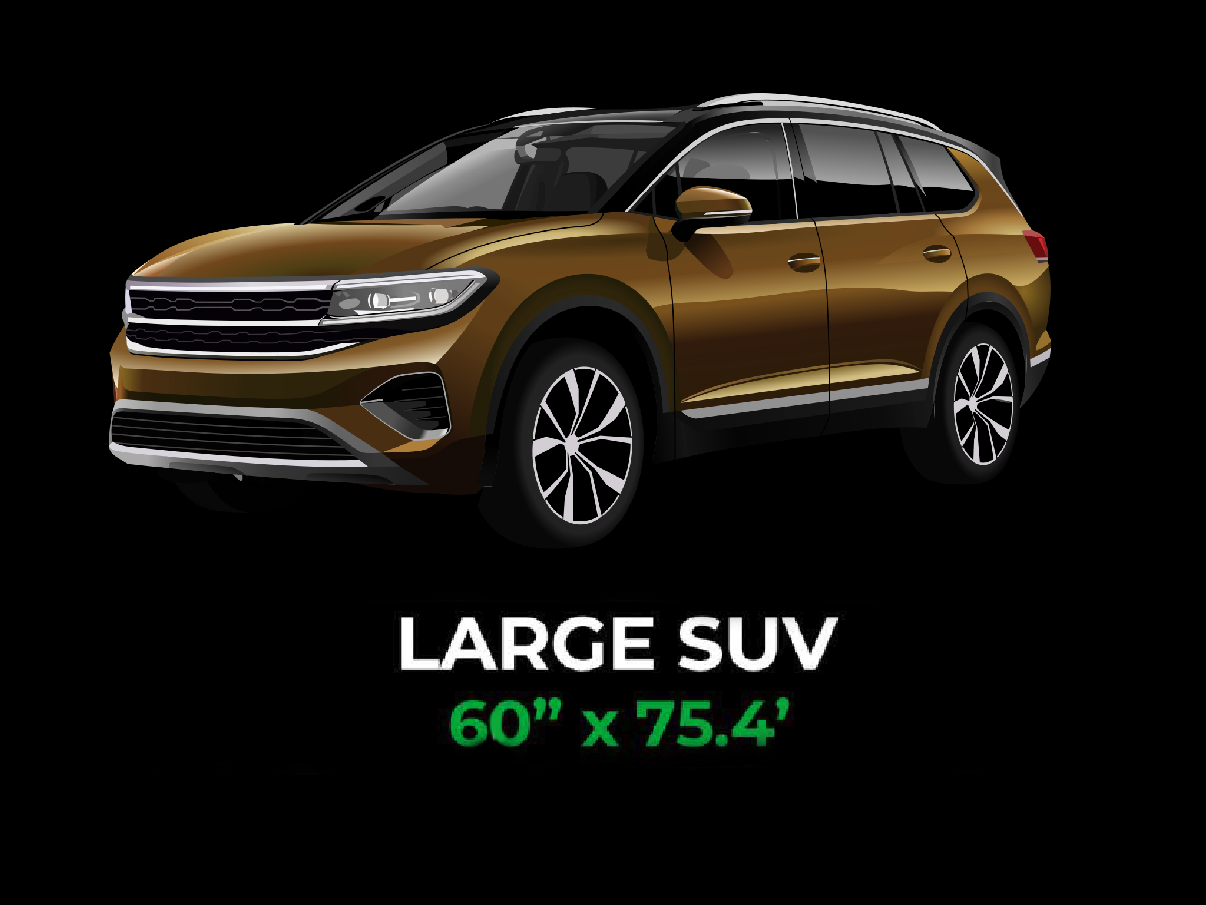
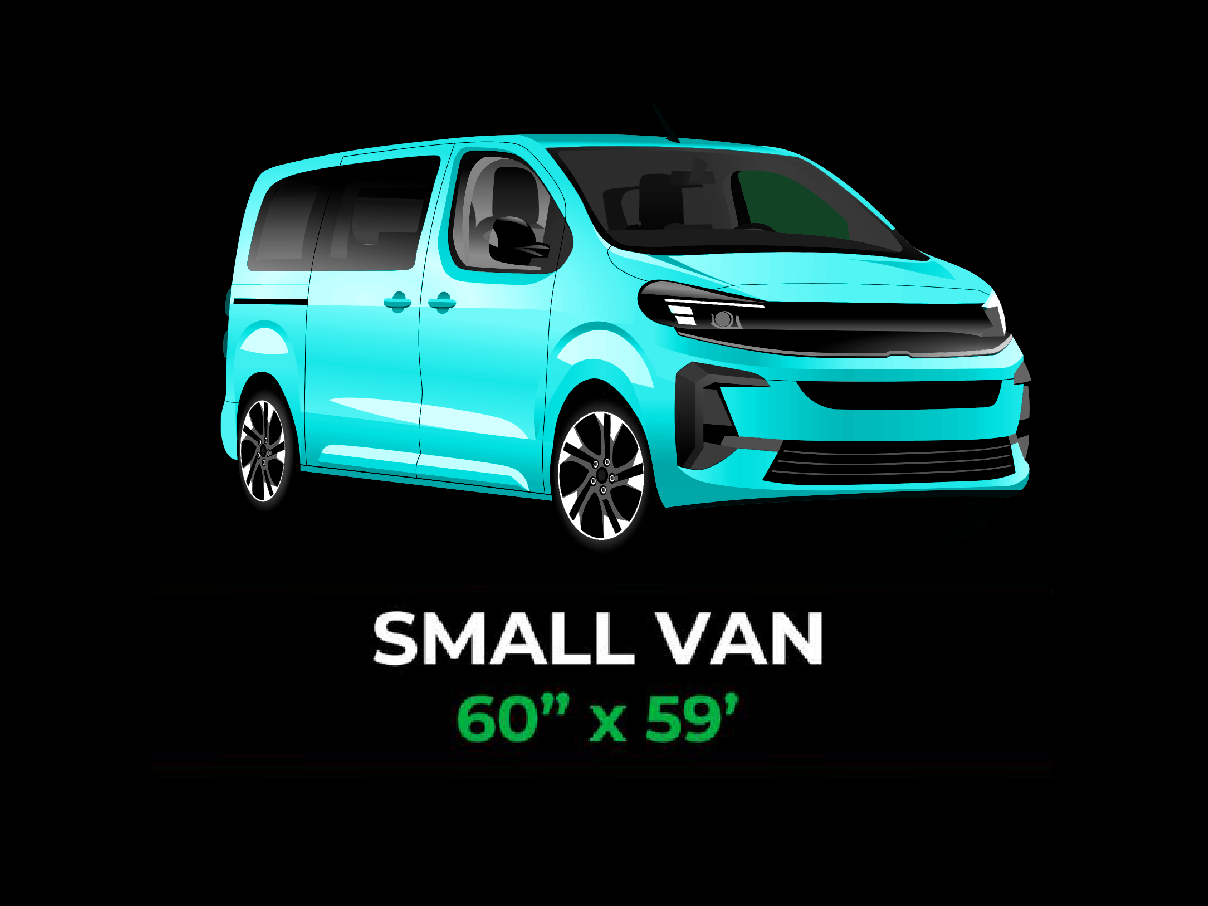
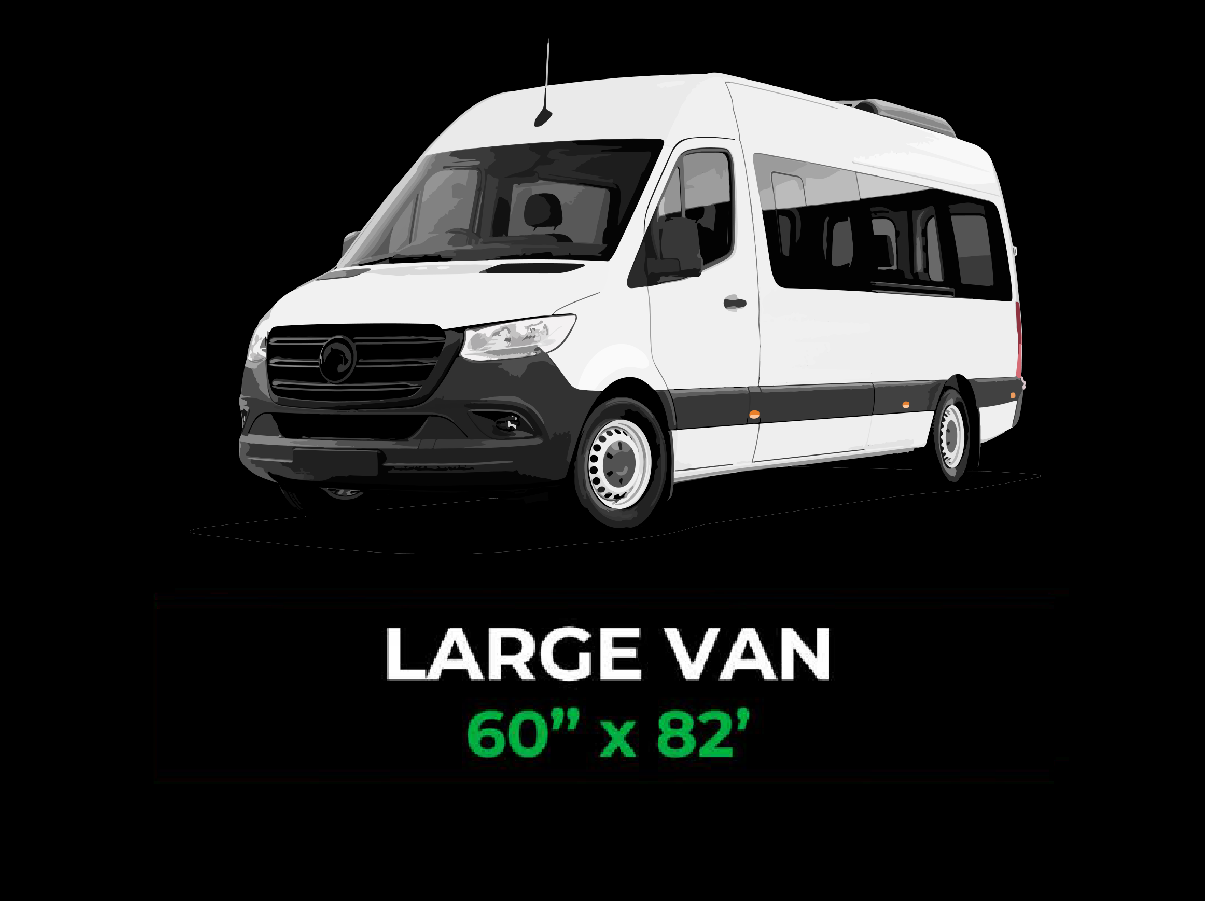
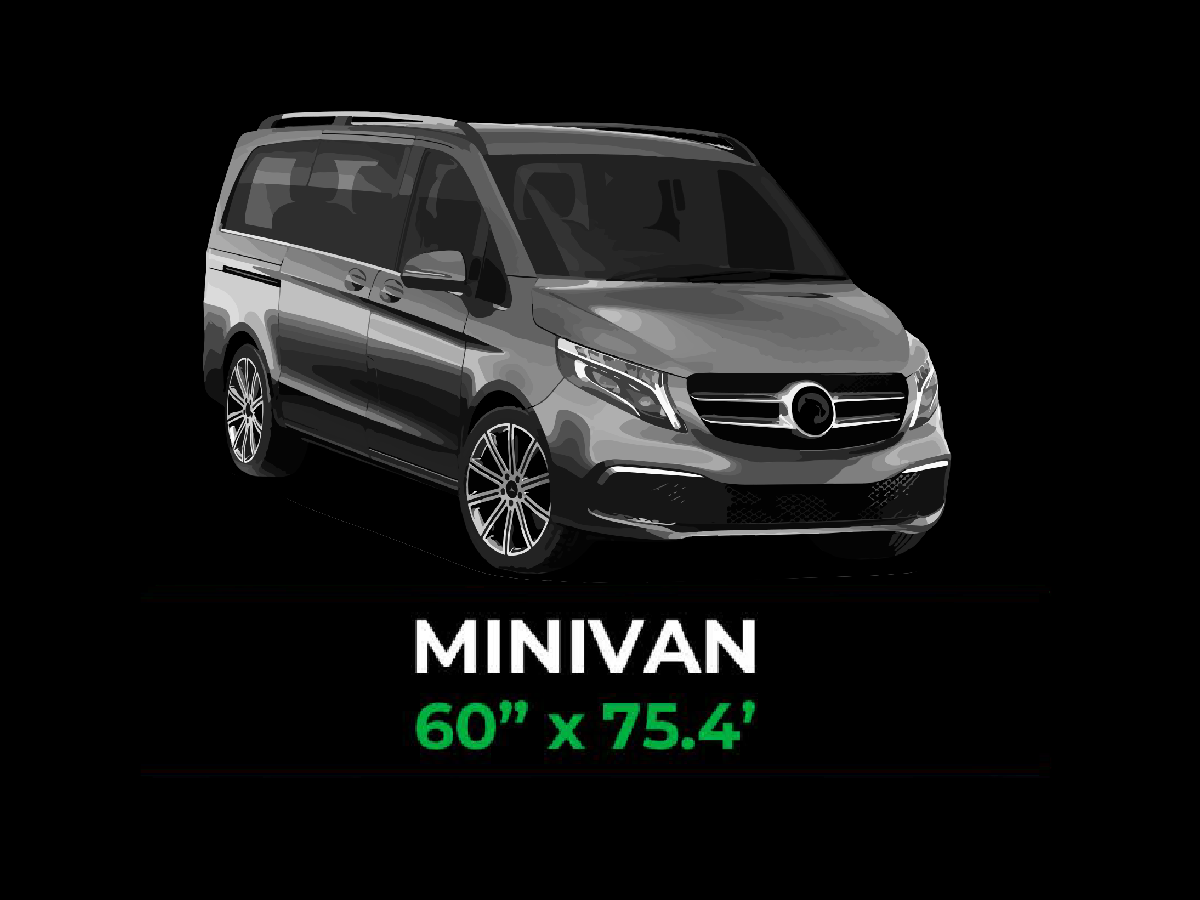
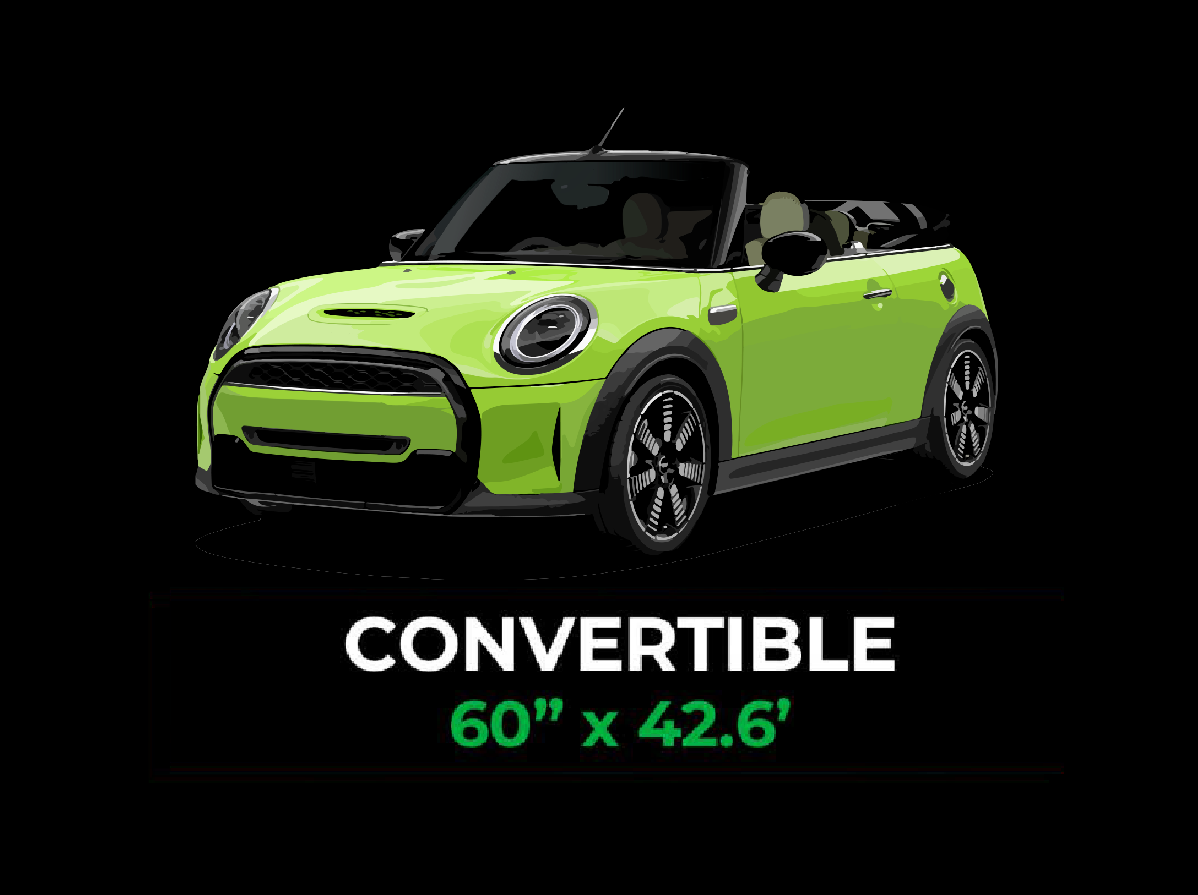
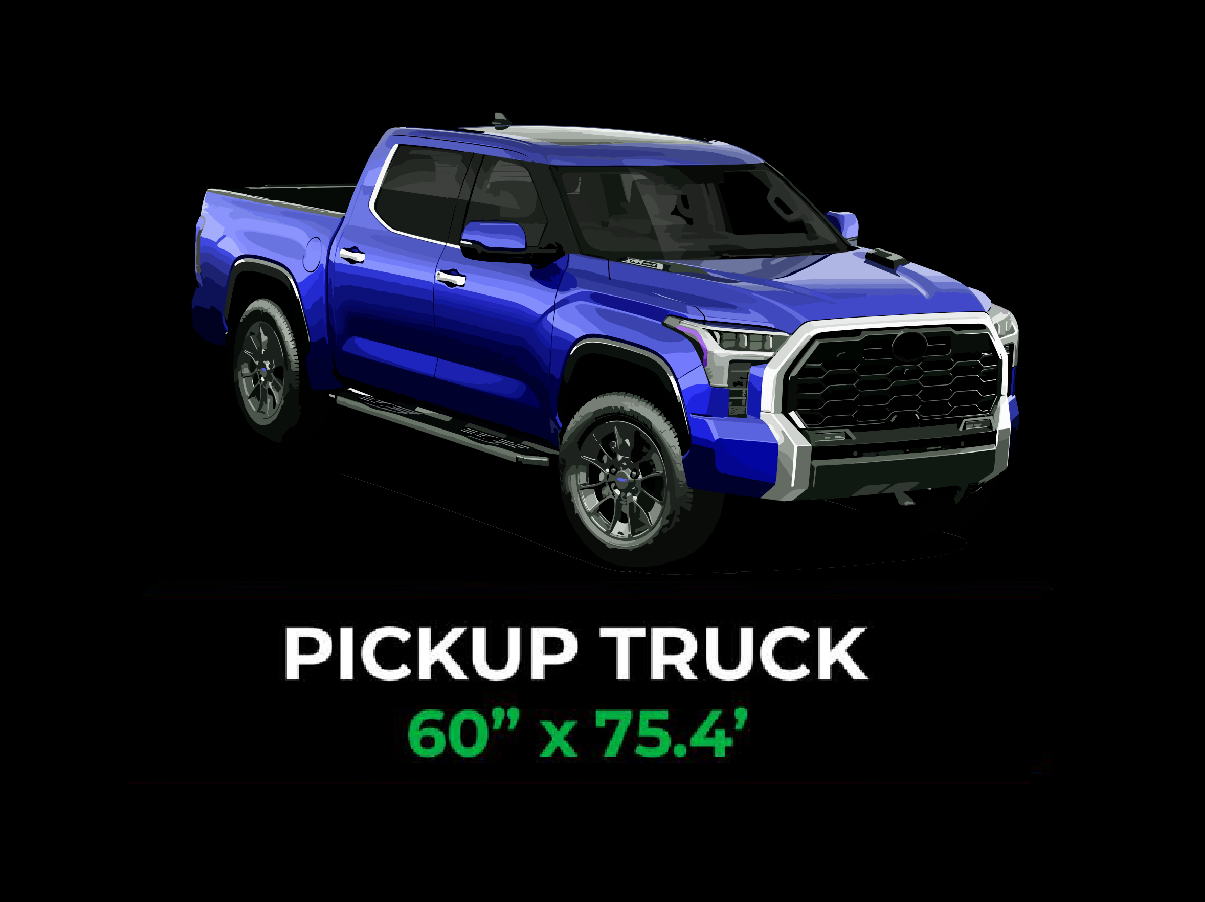
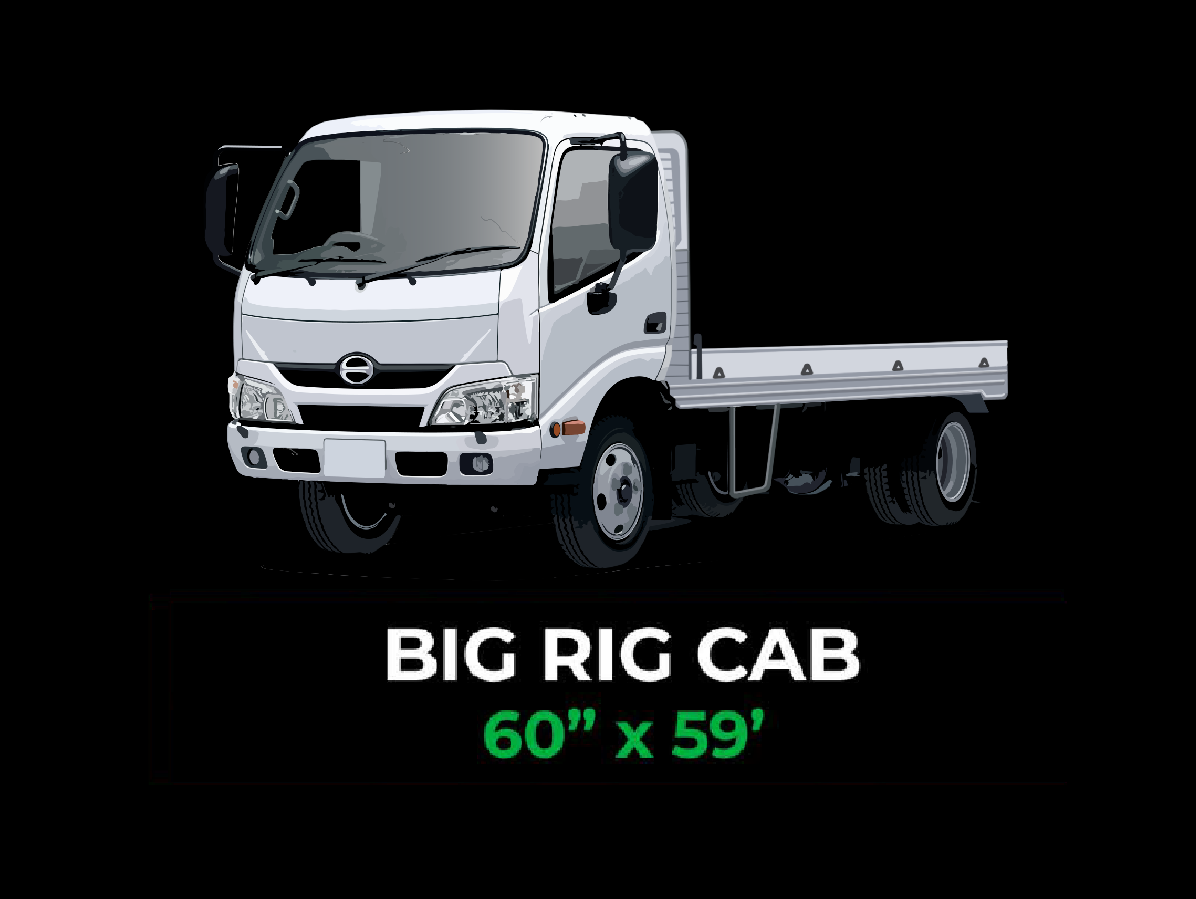
Calculating Vinyl Wrap Amount
How Many Layers Do I Need?
The number of layers of vinyl wrap you need depends on your specific goals and preferences. Consider the following:
- For Durability: If you aim for maximum protection in low UV exposure environments (e.g., areas with less sunlight), multiple layers may be beneficial. This extra layer can provide additional protection against UV fading and environmental wear over time.
- For Appearance: If you desire a sleek, high-gloss finish and want to avoid adding excess weight or thickness, typically one layer suffices. A single layer offers a glossy, smooth look without additional bulk.
Ultimately, it’s about balancing your desired finish with the required durability. More layers enhance longevity, while fewer layers keep the wrap lighter and more visually appealing.
How Long Does It Take to Wrap a Car?
The time required to wrap a car can vary based on several factors. For an average-sized vehicle, the process typically takes around 2 to 3 hours. However, consider these variables:
- Vehicle Size: Larger vehicles take more time to wrap. SUVs, trucks, and vans usually require additional hours compared to smaller cars.
- Complexity of Design: The number of panels and intricate areas (like bumpers and mirrors) can increase the time needed.
- Temperature Considerations: Installing the wrap in warmer conditions may affect adhesion. Vinyl performs best when applied at temperatures between 60°F-80°F (15°C-27°C).
- Condition of the Car: Older vehicles with imperfections may require more prep time, necessitating masking of problem areas before applying the wrap.
- Trim and Accessories: Wrapping over chrome parts or detailed trim can extend installation time, requiring extra care to avoid overspray or damage.
Final Thoughts
Remember, not all vinyl wraps are created equal. Some brands use thinner materials that might not offer the same level of durability as others. For instance, if your vehicle has an exposed roof or a more open design, like a convertible, it’s important to choose thicker vinyl to ensure it withstands the elements. Wind and harsh weather can cause damage to lighter wraps, and thicker material provides added protection.
When estimating how much vinyl you’ll need, it’s wise to account for potential mistakes and challenges during installation. Your personal skill level, the design complexity, and the type of vehicle you’re wrapping all influence how much material is required. To be safe, consider buying extra – it’s better to have more vinyl than to run out mid-installation, which could lead to unnecessary delays or mistakes.
Extra Tips and Reminders
Choosing the right vinyl material for your vehicle is crucial. Opting for high-quality vinyl ensures not only a smoother application but also greater durability, allowing the wrap to last longer without fading or peeling.
Before installation, make sure the surface is clean and free of dust, dirt, and any contaminants that could interfere with adhesion. Even minor imperfections like scratches or chips can affect the wrap’s effectiveness, so it’s best to address any surface damage before starting.
Pay attention to the weather when installing the vinyl wrap. For the best results, aim to apply the wrap in a dry, dust-free environment with temperatures between 65°F and 80°F (18°C - 27°C). Extreme temperatures, either too hot or too cold, can compromise the adhesive, leading to issues with the application and long-term durability.
Lastly, always choose a professional with experience in vehicle wraps. Poor installation can ruin the look of your vehicle and reduce the lifespan of the wrap, or even affect the vehicle’s safety.
Wrap Your Ride with Confidence
Wrapping your car is an excellent way to enhance its appearance while protecting the original paint. The amount of vinyl required can vary based on the size and shape of your vehicle, so be sure to adjust your estimates accordingly. For first-timers, it's better to have a little extra material on hand. When choosing your vinyl, the right quality and installer can make all the difference in achieving a durable, high-quality finish that lasts.
FAQ
Different amounts of vinyl wrap are required depending on the size and kind of automobile. A full automobile wrap typically takes between 50 and 75 feet.
Your choice of vinyl wrap will determine this. Some wraps must be applied wet, which involves misting a solution onto the side with the adhesive before sticking it to the car. Other wraps are made to be applied dry, requiring just that you peel and apply the wrap to the car.
The size and kind of the vehicle, the material's quality, and the design's intricacy all affect how much a car wrap costs. Costs for a complete car wrap range from $2,000 to $5,000. However, partial wraps or simpler patterns may have a reduced price tag.
Blog posts
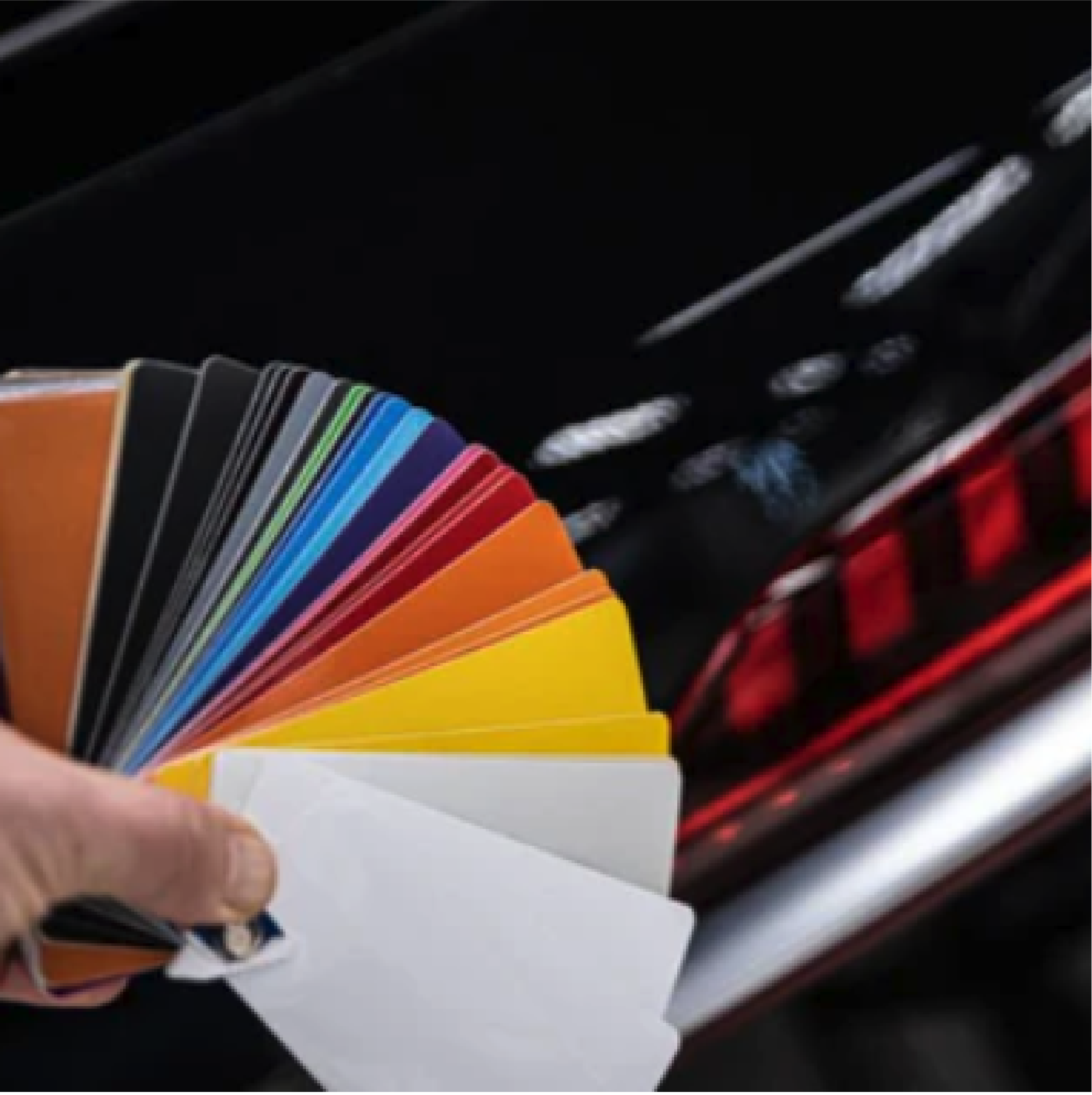
Determining the Amount of Vinyl Required to Fully Wrap Your Car
Vinyl wrapping is a technique where a thin, adhesive vinyl film is applied over a vehicle’s exterior. This film not only alters the car’s color and finish but also adds custom designs or provides a...
Read more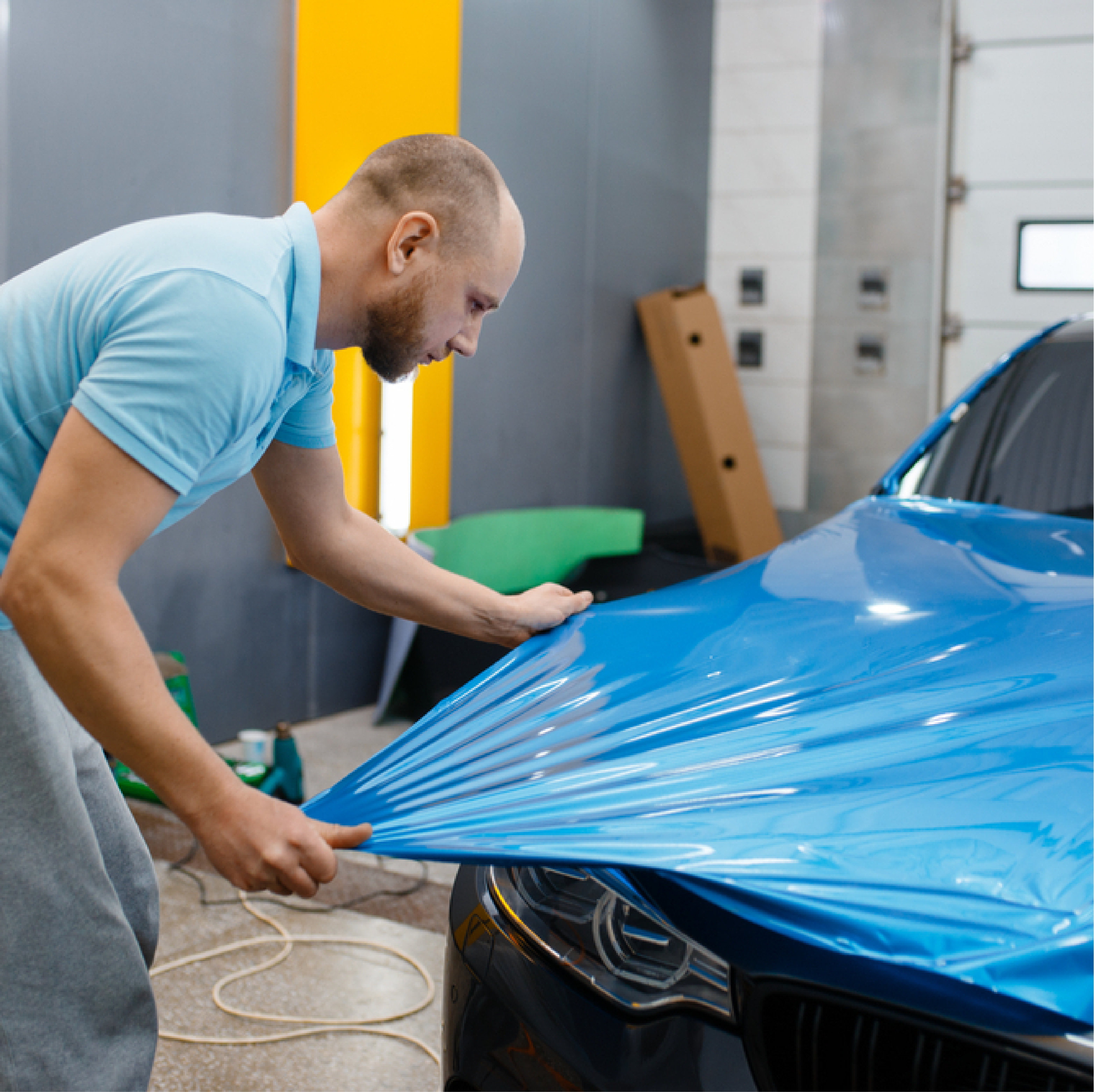
Must-Have Tools and Materials for a Successful DIY Car Wrapping
Essential Tools and Materials for DIY Car Wrapping Embarking on a DIY car wrap project requires the right tools and materials to achieve a flawless, professional finish. Car wrapping not only enha...
Read more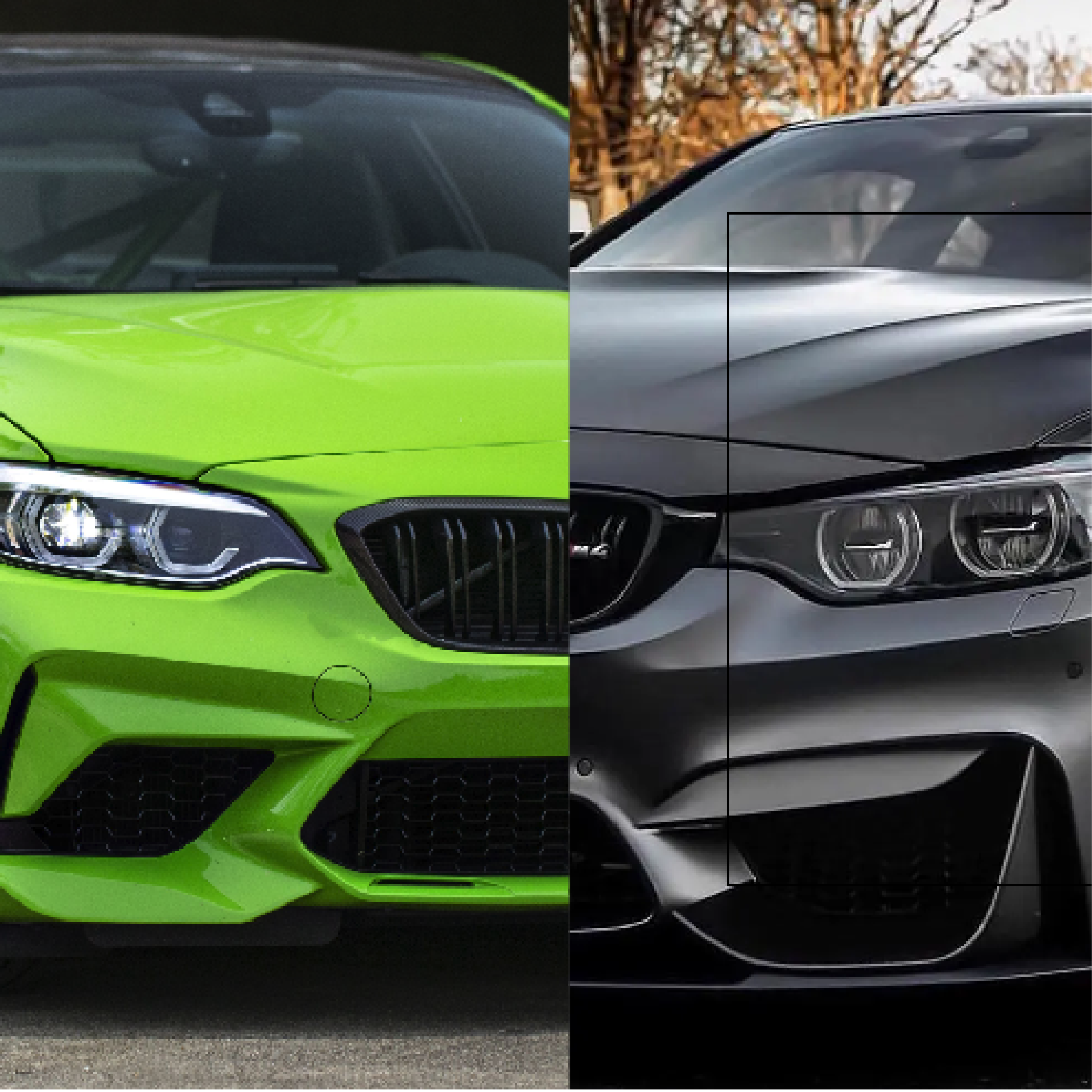
Exploring Satin vs. Gloss Vinyl Wrap: Understanding the Key Differences
When it comes to customizing your vehicle, vinyl wraps are one of the most popular options for giving your car a fresh and unique look. Vinyl wraps come in a variety of finishes, each with its ow...
Read more
